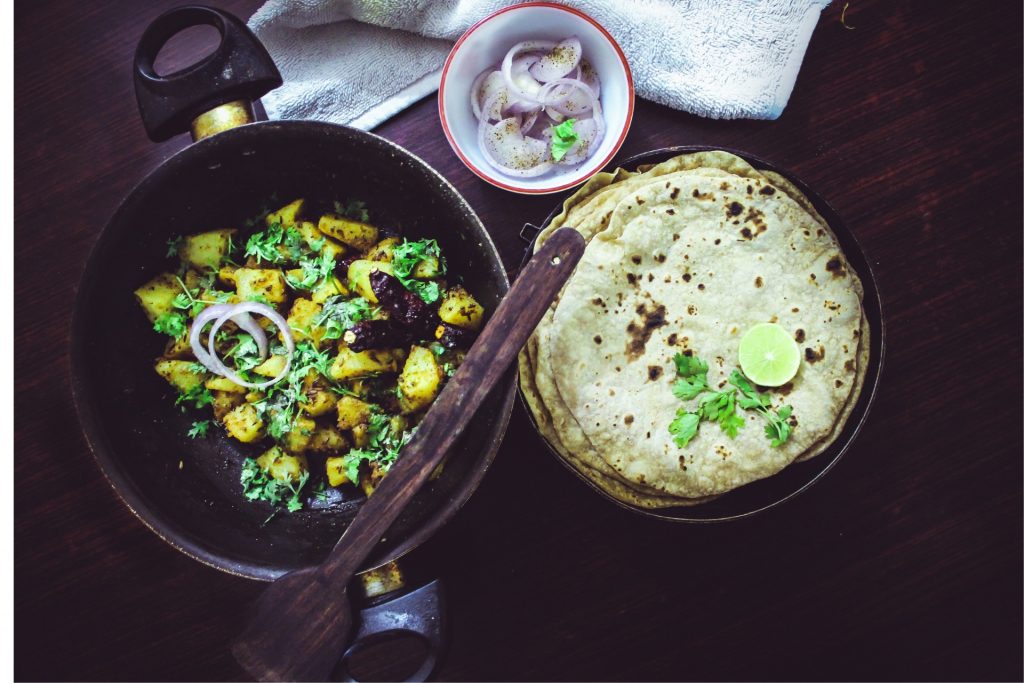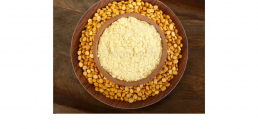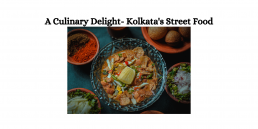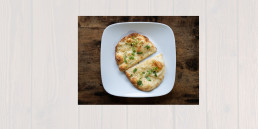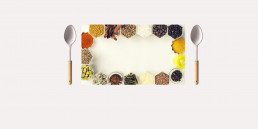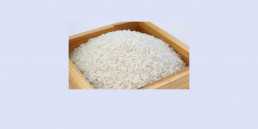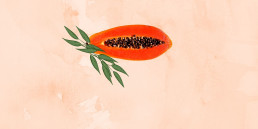Hey there,
I hope you all are well!!!
Let me welcome you to the world of Indian Cuisine
Indian Cuisine
Indian Cuisine- boasts of a more than 5000-year-old culture and tradition. The uniqueness of every state and union territory is worth mentioning and experiencing. The sub-continent has always had a host of invaders, some of whom ruled for centuries. Like, the Mughals and British. The foreigners exposed Indians to different cooking techniques and ingredients during their invasion and rule.
Being an Indian, I can state one fact with utmost surety. Writing on Indian Cuisine or even attempting to write- is to paint on a vast canvas. Understanding the depth of food in India at a go is next to impossible. Anyway, I shall make every possible attempt to jump right in. And make it as explanatory as possible in all my blogs.
Religion and region are the predominant deciders of the tastes and preferences of the locals. Indian mainland has always focused on rice, wheat, pulses, whole and split lentils, various spices, and pure ghee. So they have been with us for centuries.
I think the best introduction to my new segment will be by providing some interesting information.
Cuisine-where did this word originate?
According to Wikipedia, Cuisine means ”Kitchen,” in French. And ”to cook” in Latin. But Cuisine is taken in a different light in today’s world. People associate this term with relation to local, national or international preparation. So, for example, we speak of Asian Cuisine, Continental Cuisine. Closer home, Rajasthani, Maharashtrian, Bengali preparations.
Before I touch upon the history and origin of international food products or items, today’s blog post pinpoints the magnificence of India’s massive range of food.
Did you know some secrets of Indian Cuisine?
Did you know the famous and mouth-watering Samosa, which we get in varied preparations, is traditionally not an Indian dish? The humble but lip-smacking Samosa originated in the Middle East and Central Asia. You heard it right!! And are cooked with potato stuffing with a white flour-based conical coating.
The basic recipe has undergone a sea of change, from adding peanuts to the fried crisps in West Bengal to peas in northern states.
We consume many such food items daily. But, at the same time, they are part of our marriages, parties, and family get-togethers.
Despite being a food-crazy nation, most of us live under a significant misconception. Some of our favorite fruits, vegetables, and dishes are initially from our country. But that is not true. Indian Cuisine is an amalgamation of different menus spread across the globe.
The Muslim kings introduced to the Indian kitchen exquisite ingredients. Like saffron, butter, paneer (cottage cheese). Also, they taught us a different base for preparing food. e.g., curries with butter, raisins, and cashews as the base. Thus, they not only altered the style of cooking but also upgraded the dishes and delicacies.
Foreign Influence on Indian Cuisine
The main course dishes have a puree’ and gravy preparation made of tomatoes. These are a staple with almost any preparation. We can’t do without it, can we? The amazing potato preparation that most Indian households relish. The credit goes to the Europeans for exposing the Indians to potatoes, tomatoes, chilies, and many such items.
How about another one? Come to think of it, India is a nation where come what may, nobody skips their morning tea. So guess who introduced us to the beverage? Tea plantations in the northeastern state of Assam were initiated by the British.
To sign off
There are numerous such facts about Indian cooking. It will be my constant endeavor to provide you all with such interesting facts and history about some of our favorites. I will touch upon them in my subsequent posts.
I hope you enjoy this introductory article.
And I hope my upcoming blog posts on the diversity of Indian Cuisine and other cuisines will keep you hooked.
BBye!!!
P.S. Stay Safe. This virus isn’t going anywhere.
